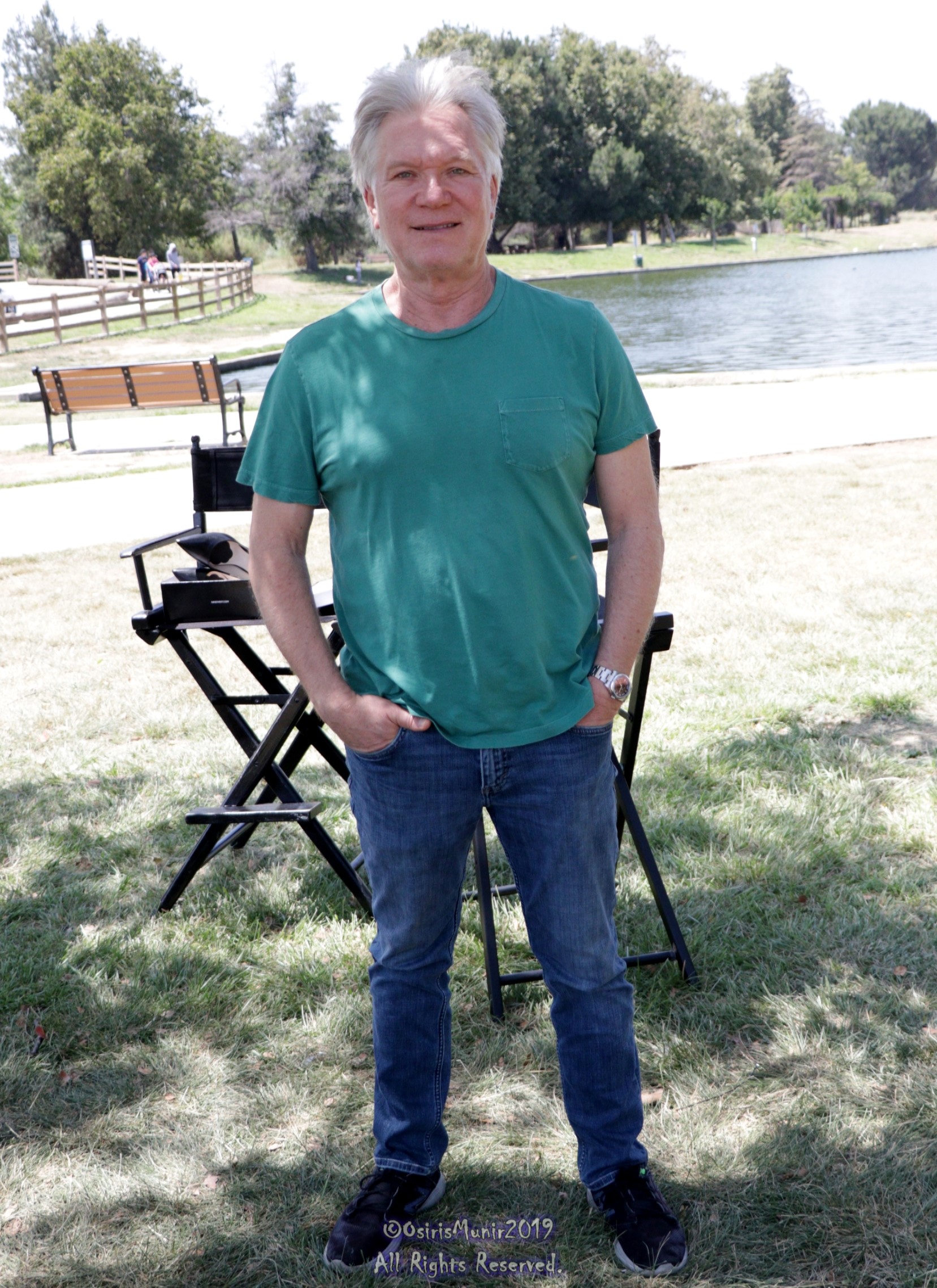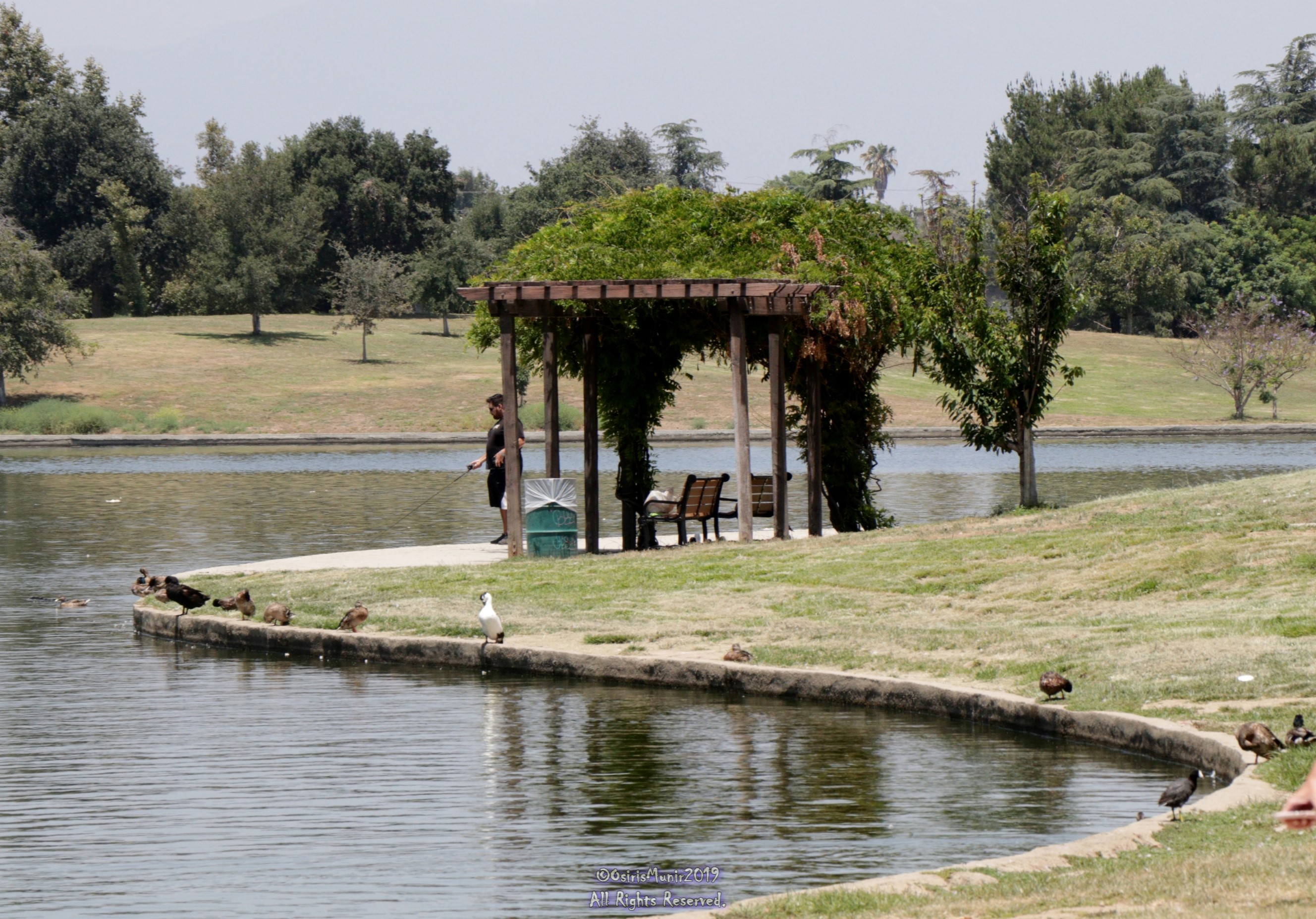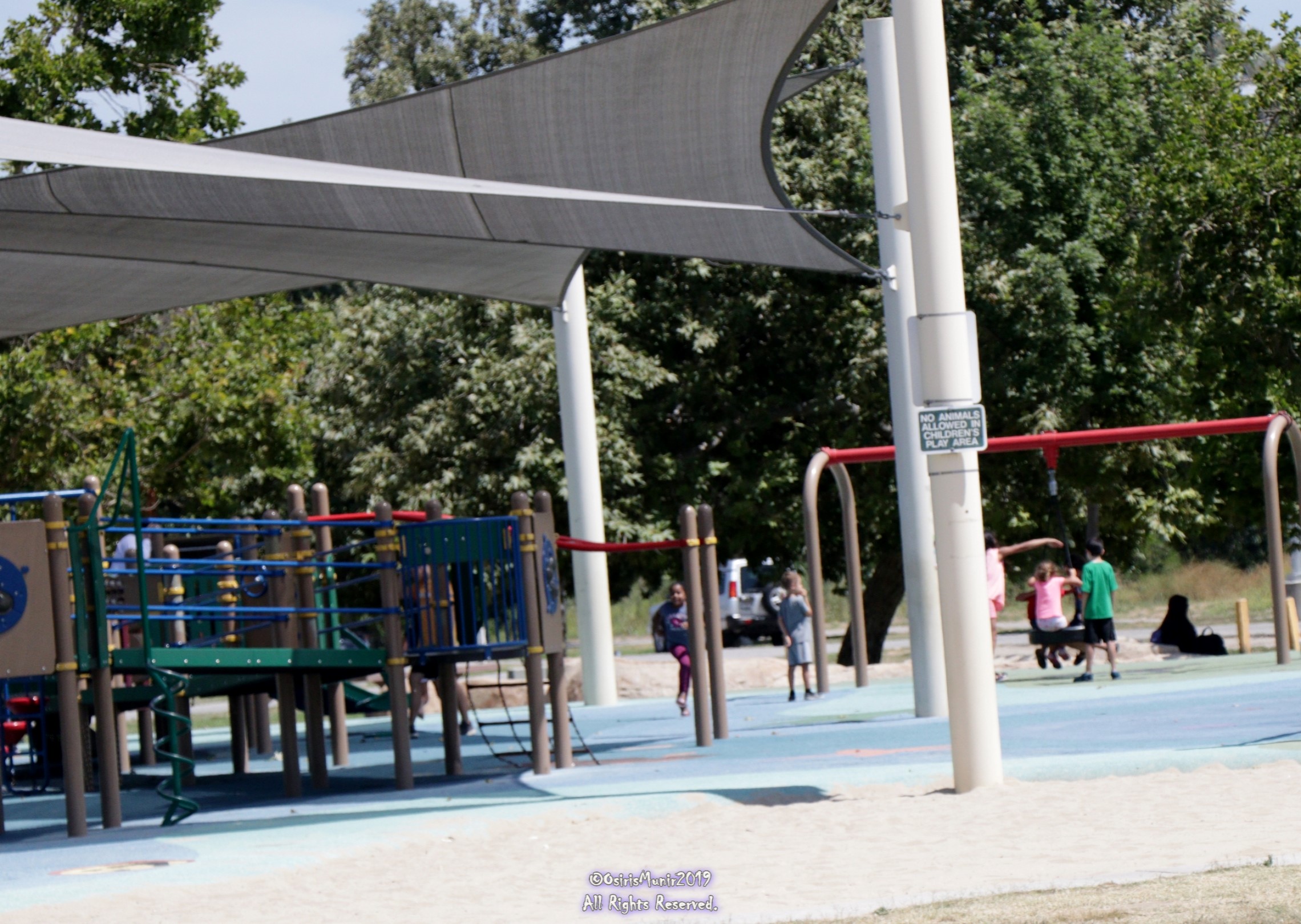Isn’t it strange how the living can sometimes embody certain spiritual characteristics from the non-living? Such is the case in the matter of singer, songwriter and musician Chris Walker. His new music project is a celebration and tribute to seven-time Grammy award winner, singer and musician, Al Jarreau. The project is co-produced by composer, arranger, multi-instrumentalist and Grammy award winner, Larry Lowell Williams. When we asked Williams about his illustrious name laughingly, he said Jarreau would always introduce him as the last white man named Williams. If you’ve ever heard or had the opportunity to see, Jarreau he sounds like he’s the last man that was born with an instrument in his throat. Williams unbelievable climb to musical prominence has been as effortless as it has been interesting. He grew up in Overland Park a suburb of Kansas City and recalls how his introduction to music and the entertainment industry came as a stroke of good fortune. His father was well known in the local area as a talented tenor sax player although he played the clarinet and flute as well. Williams fell in love with music because he wanted to be like his father who started him at an early age on clarinet. He took to playing the clarinet and then transitioned to the saxophone. When he was in Junior High his dad suggested that he go to see a Music Theory teacher who happened to have as a student. another Kansas City born talent, American jazz guitarist and composer, Pat Metheny. The teacher, John Elliot was one of the best in Kansas City and taught anyone who wanted to be a musician and learn how to play.

By the time Williams entered college he was fluent on a variety of instruments and could command each one with the same feeling, spirit and vigor. Practicing for hours a day to sharpen his skills helped to get him a scholarship into Indiana University; one of the top schools with the best music program curriculum in the country. During this time and slightly tooting his own horn Williams thought that he was a bad ass until he heard 17- year old Michael Brecker and his brother Randy on a tape. The two brothers had attended Indiana the year before. After hearing Brecker play at such a high-level Williams put his horn down for at least two weeks. He then decided after returning to play the horn again that from that day on he would play each instrument at the same level that the Brecker’s had played on tape. Elliot also taught Williams how to arrange, compose, listen to and play jazz which he already loved because of his dad. He noted that Williams had a certain facility on piano. As Williams gained more confidence in playing the saxophone, he began to mess around on his grandmother’s piano of which she eventually gave to him. After taking private lessons and learning to play so many different instruments he naturally took the time to study both music theory and piano while he continued to practice the clarinet, saxophone and flute. He met and studied with the top flutist for the Kansas City Orchestra. He had listened to Trane and Bird and figured that he could get to another level but after hearing Brecker he knew that it would take him a lot more time. He decided that rather than specialize in learning to play one instrument his artistic voice would be found in his playing many different instruments at a high level and that he would continue to learn as much as he could about music. This versatility at playing different instruments he thought made him in many situations a valuable person to have around.

In the early days Williams recalls the time that he formed the Hawaiian American jazz fusion group, Seawind who were only recognized then as a musician’s band. The band had four record deals but did not sell many records however while studying at Indiana, Williams met Jerry Hey a gifted trumpet player who became the right hand man to 27 Grammy award winning, multi-instrumentalist, record and film producer, Quincy Jones. Hey and Williams quickly became friends and started hanging out together. The two of them relocated to Hawaii because of a gig. Soon after they arrived, several other music students from Indiana University came over. Out of those students Williams and Hey met was Ken Hutchcroft who they added as a second saxophone player. The three of them would be the musicians that would eventually become the band, Seawind. “Some of the students from Indiana were the best at their craft said”, Williams. One a bass player and the other a drummer were in Hawaii because their parents were in the Navy. The drummer, Bob Wilson married Pauline Wilson a Hilo, Hawaii born island girl that Williams and Hey met while they were there and who became the lead singer for Seawind. Excluding Pauline, Seawind was the only group in those days who were non-Hawaiian. The band really took off after the their fourth album which was titled, Seawind and was produced by George Duke. “It did very well and was the band’s best seller”, he explained. After George produced Seawind, he liked Williams and the band so much that he started using them to record on his albums. Jones heard of them and started using the band on his recordings as well. The friendship that developed between he and Jones would span over 30 years and is one of the reasons why until this day he considers Jones to be his mentor. He recently appeared with Jones on the PBS special presenting, “Shelea”. Williams feels that he has been one of few musicians who has toured and played with top talents like George Benson whom he produced numerous projects for. One such project was an Al Jarreau and George Benson joint that Williams toured and played keyboards on. His first recording with Jarreau was in 1978 but it wasn’t until 1980 that the two would tour together. He played keyboards on Spain, off Jarreau’s fourth album, This Time. Williams had found his groove playing keyboards on projects by both Jarreau and Benson; returning to play with Jarreau in 2001 and not leaving his side until his passing.

Presently, Williams and Chris Walker are heavily promoting their Al Jarreau tribute album. It is receiving rave reviews, rapidly becoming a favorite of Jarreau’s fans and showcases the vocal skills of Walker who is clearly in his element. The album features the likes of Gerald Albright, Regina Belle, Randy Brecker, Rick Braun, Nathan East, David Foster, Bob James, Greg Phillingames, Will Downing, Paul Jackson, Jr., Dave Koz, Bobby Lyle, Marcus Miller, Arturo Sandoval, Mark Simmons and Kirk Whalum. Williams says that the plan is to continue to rouse audiences with the new project. Their upcoming tour will highlight Jarreau’s original band with a few new musicians added on from the Houston area. Except for Williams most of the band members including Walker are from Houston. The band will perform most of Jarreau’s musical repertoire.
Williams as well as any appreciator of good music would know that the music of Al Jarreau and his legacy will live on. He called Jarreau a healer. For all who have been touched by Jarreau’s music, his delivery and style would agree with his description of Jarreau who freely gave of himself without reserve. Jarreau shared his spirit which was nearly impossible to contain even while on stage. After watching Jarreau perform I was convinced that his body held him prisoner and was just not designed to carry a spiritual entity that big. A transference of his powerful life force was a huge part of how Jarreau presented himself to family, friends and audiences worldwide. “If Al were here”, Williams says he would probably approve our production and Chris‘ uncanny interpretation of his songs. “He would be happy.”
As for Williams, independently, his recent solo project involves the music and culture of Brazil. He absolutely loves the music as it is a culture that he is quite fond of. Williams explained that he has deep roots with the culture, its music and its people. He has produced music for famed Brazilian singer, Ivan Lins who has worked closely with Quincy Jones. Lins who is set to headline at the Hollywood Bowl Brazil Night will perform with Diane Reeves in August of this year. Lins and Williams have been working together on a documentary which covers the connection of music and the musicians who played and toured from LA to RIO. He was thrilled to talk about his recently capturing his mentor Quincy Jones on camera and his speaking of Lins with whom Jones has recorded. The song Septiembre (a Brazilian Wedding Song by Lins was sung by Take Six on the 1989 “Back on the Block”, album.
The Brazilian project is very dear to William’s heart as he frequents Brazil quite often. He finds excitement in describing the time period when the LA Rio musical bonding started. He begins the documentary with singer, dancer and performer, Carmen Miranda who was of Brazilian and Portuguese descent. Miranda arrived in Los Angeles in 1940 to make her first Hollywood film, Down Argentine Way. By 1945 she was the highest paid woman in the United States. The doc also features artist such as Rio born and triple Grammy winner Sergio Mendes who formed the group Brazil 66 and who has deep roots in Brazilian music and culture. Mendes has performed and toured mostly in the states and is largely responsible for the Bossa Nova revolution. Other musicians, some American born who have toured and performed Brazilian music during the time when there was heavy influx from LA to Rio are featured as well.

For more information on Chris Walker, Larry Williams and the Celebration of Al Jarreau tribute album project reference www.chriswalkermusic.com